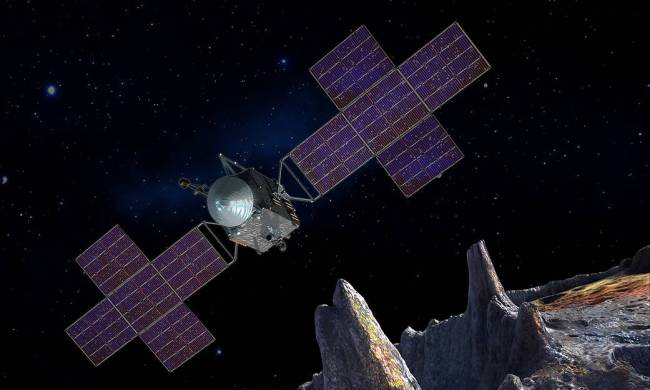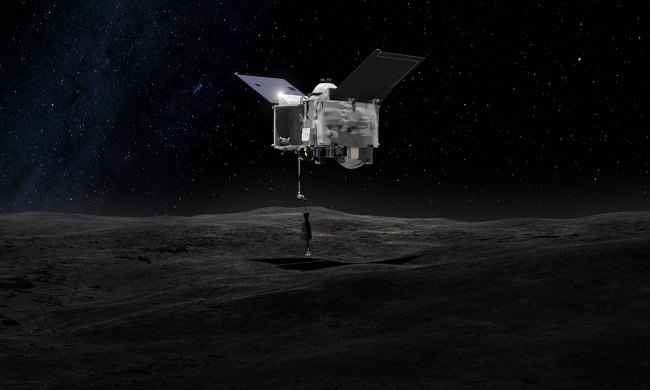NASA recently brought its first sample back from an asteroid, with the OSIRIS-REx mission dropping off a sample from asteroid Bennu in the Utah desert. The goal of the mission was to collect at least 60 grams of material, and NASA has now revealed that a total of 70.3 grams has been removed from the sampler so far.
The researchers didn’t know beforehand how much material they had collected, as they hadn’t been able to perform the required maneuvers with the spacecraft to make a mass estimate while the sample was in transit. They had chosen not to perform the acceleration maneuvers that would let them measure the mass due to an issue that occurred during sample collection, when a rock had wedged open the door of the sample canister and allowed some of the sample to escape. To prevent any more sample loss, the canister was quickly stowed inside the spacecraft.

So though initial estimates of how much material was in the sample were up to hundreds of grams, there was significant uncertainty in those estimates. But even the current amount of material collected is plenty for researchers to work with. For example, Japan’s Hayabusa 2 asteroid sample return mission was able to collect around 5 grams, which researchers have been busily working on since 2020.
Scientists have already perform a quick first look analysis of material that was on the outside of the OSIRIS-REx canister, and one of these researchers, Pierre Haenecour, told Digital Trends that his group could work for years on even a tiny particle. The bounty of sample material will be shared out between different labs in the U.S. and abroad, with some of the sample going to Japanese space agency JAXA, for example, in return for some of the Hayabusa 2 sample that was shared with NASA.
Getting the sample out of the canister has proven more complex than initially expected, however. The curation team had issues with removing two of the 25 fasteners that hold the sample within the collection mechanism, as they are only able to use particular tools within a sealed glovebox that holds the mechanism. They were able to collect the 70 grams by holding down a flap and painstakingly removing pieces of the sample with tweezers.
NASA has shared that the team is now working on a new procedure to open up the mechanism, which should hopefully result in them being able to collect even more of the sample.



